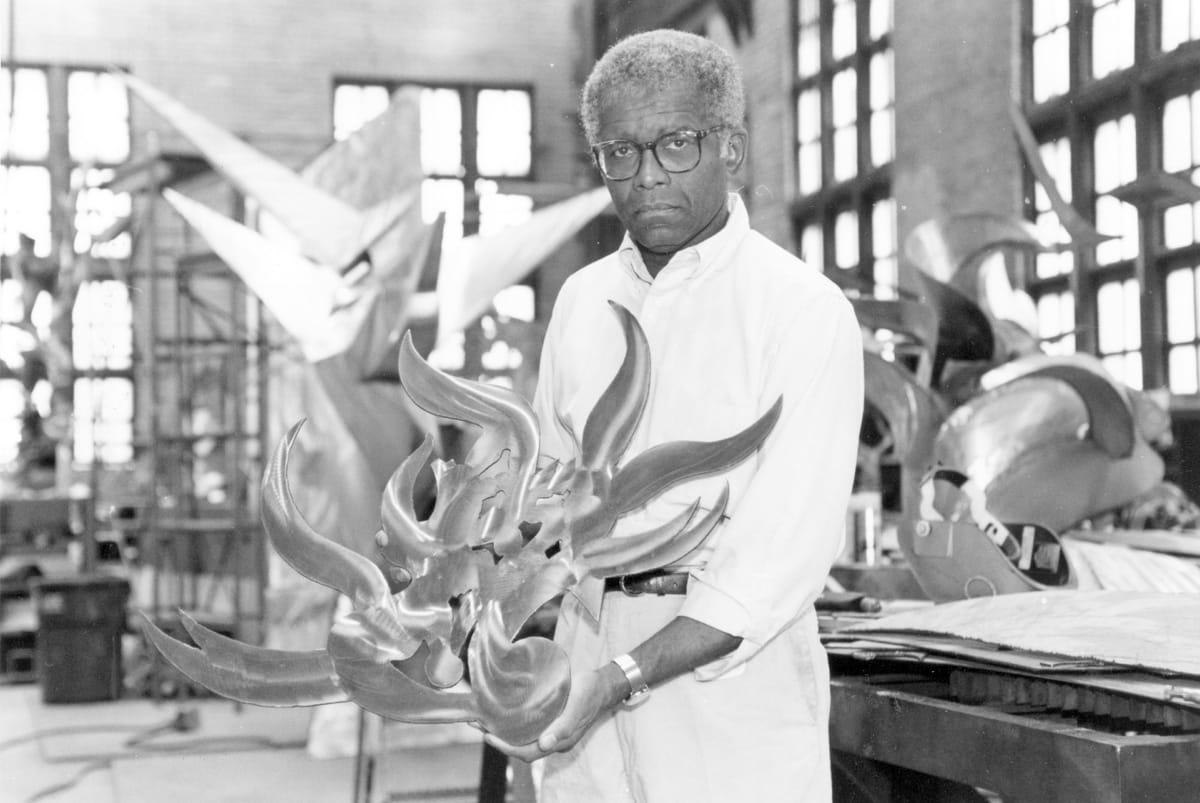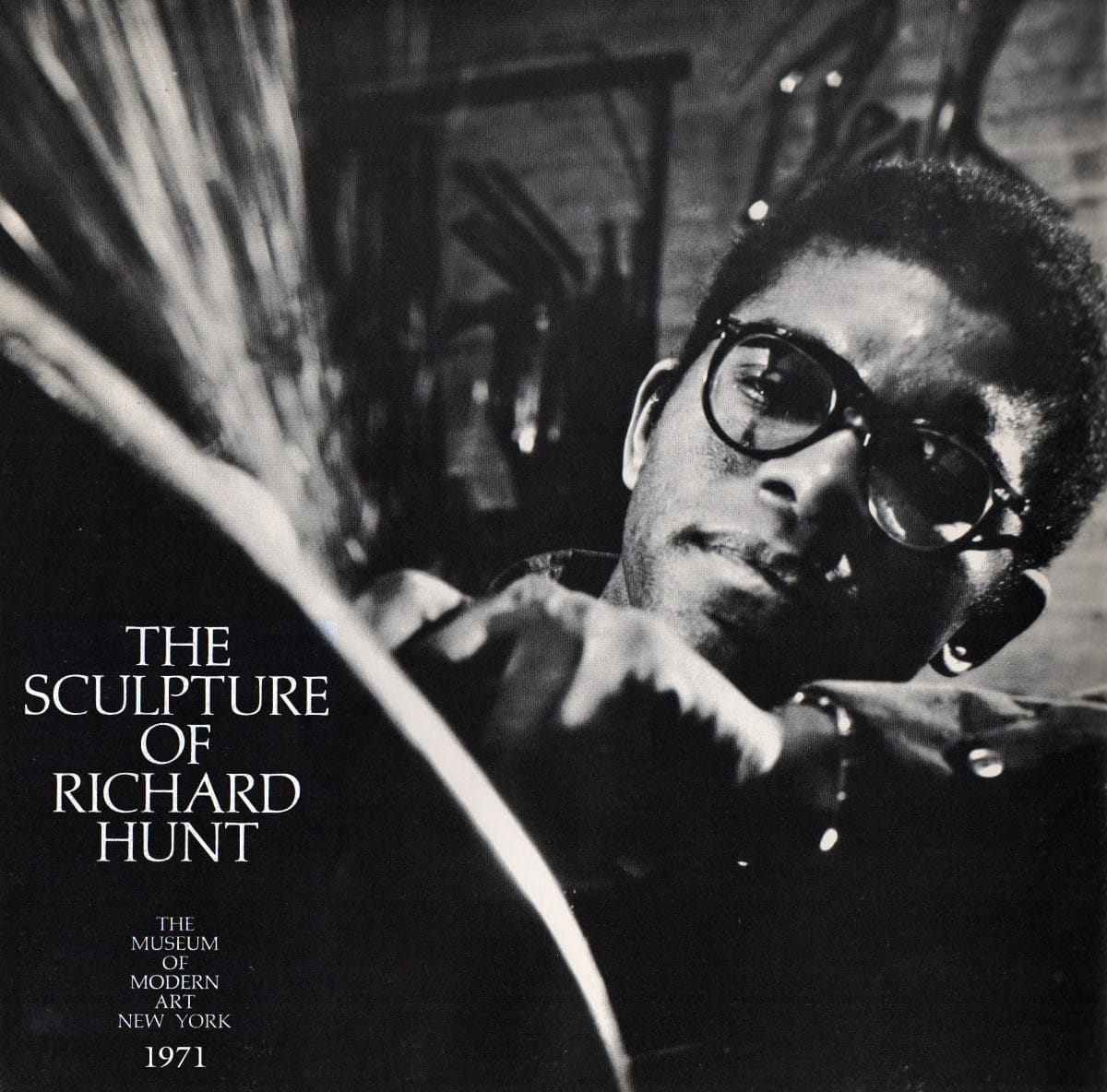A Legacy Carved in Metal: Remembering Sculptor Richard Hunt and His Impact on Art and Society

Richard Hunt, an eminent sculptor whose extraordinary career spanned over seven decades and whose works became an integral part of American public art, passed away at the age of 88 in his home in Chicago. His passing is a significant loss to the art world, marking the end of an era for a sculptor whose influence and contributions were deeply felt.
Born on September 12, 1935, in Chicago, Hunt developed an early interest in art. His journey into the art world began as a young teenager when he took classes at the Junior School of the Art Institute of Chicago. This early exposure laid the foundation for a career that would see him become one of America’s most prominent sculptors.
Hunt’s work, characterized by its abstract form and powerful themes, drew inspiration from a variety of sources, including his African American heritage. He was known for his unique approach to materials, often using scrap metal and discarded materials to create his sculptures. This innovative use of materials not only set him apart but also added a profound depth to his work, which often explored themes of freedom and the human condition.

One of the pivotal moments in Hunt's life that shaped his career was his attendance at the funeral of Emmett Till in 1955. This experience deeply affected him and set the tone for his artistic endeavors, which often reflected themes of civil rights and social justice. Hunt’s work was not just art; it was a commentary on the African American experience, a voice for his people.
Throughout his illustrious career, Hunt received numerous accolades and recognition. He became the first African American sculptor to hold a retrospective at the Museum of Modern Art in New York. His sculptures found homes in various public spaces across the country, including the Smithsonian National Museum of African American History and Culture and Chicago’s Midway International Airport.
Hunt’s impact on the art world extends beyond his sculptures. He was a trailblazer, breaking barriers and paving the way for future generations of artists, particularly those from minority backgrounds. His legacy is not just in the metalwork that adorns public spaces but also in the inspiration he provided to countless individuals who saw in him a symbol of perseverance and creativity.
His studio in Chicago, once a substation for powering the city’s elevated rail lines, became a sanctuary where he continued to work and mentor others until his last days. One of his final projects was a sculptural model for a monument to Emmett Till, bringing his career full circle.
Richard Hunt’s death is more than the loss of a great artist; it represents the end of a chapter in American art history. His work, characterized by its dynamic forms and profound themes, will continue to inspire and provoke thought for generations to come. His legacy lives on in the public spaces graced by his art and in the hearts and minds of those who were moved by his vision and his voice.





